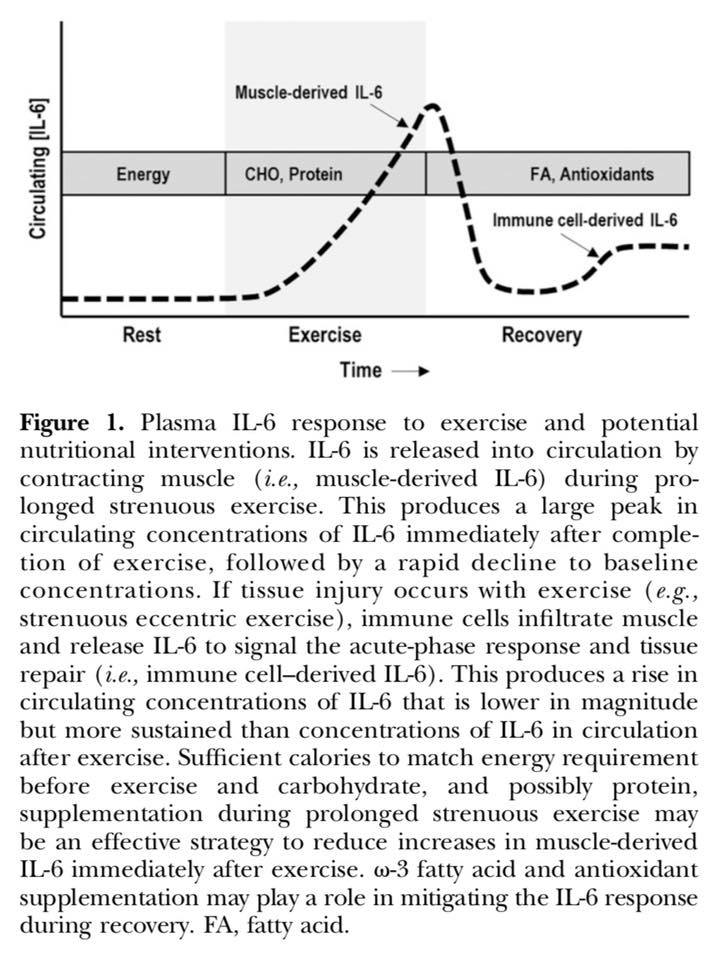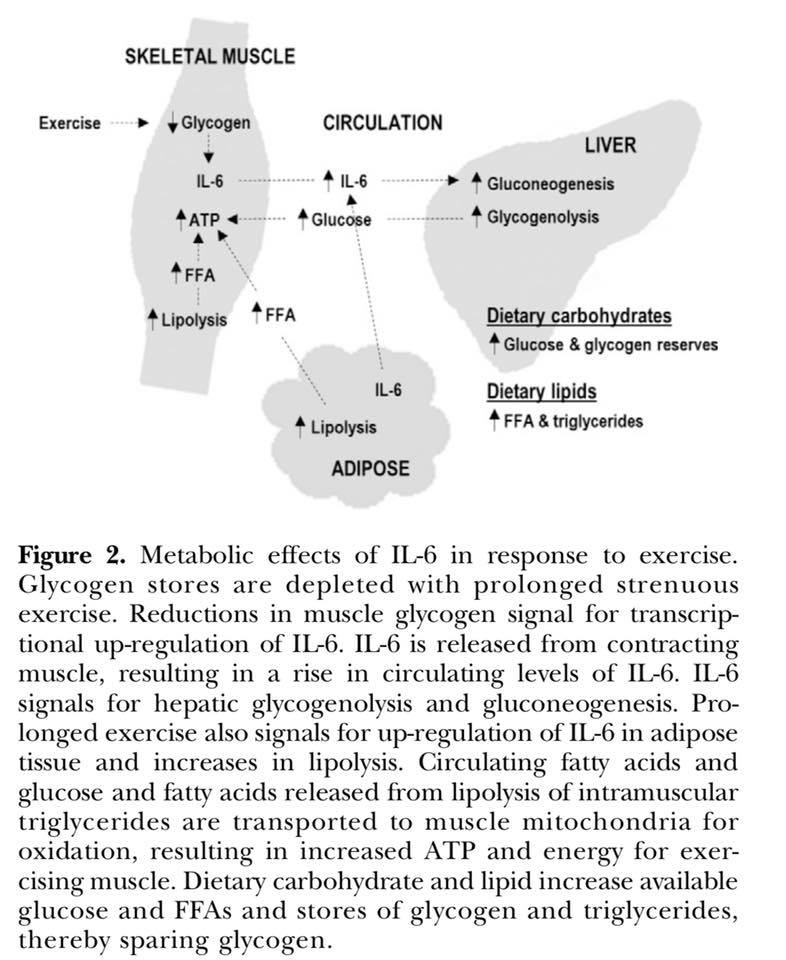Hands-on: The AIRhub on-road cycling resistance unit
DC rainmaker had a hands on look at the AIRhub Original during the 2017 Tour down under
https://www.dcrainmaker.com/2017/01/airhub-cycling-resistance.html
DC rainmaker had a hands on look at the AIRhub Original during the 2017 Tour down under
https://www.dcrainmaker.com/2017/01/airhub-cycling-resistance.html

Summer is here and it's time to ramp up the fitness.
This 3 week program is the fastest way to improve your overall fitness and aerobic capacity.
The longest session in this program is 3hrs long and the Key Performance Indicator will be your ability to hold a hard endurance pace for up to 2hrs.
By improving your tempo endurance capabilities you will be able to complete almost any group ride or training session and kick off your summer of cycling.
The AIRhub will be the most important tool for these sessions as it will reduce your riding speed and allow you to complete the tempo sets at a more comfortable pace. Just like when you are climbing, as the pace drops it becomes easier to produce more power for the same effort.
Consistency is the key as each session is designed to prime the next session. No single day is more important than the next. If the mid week long ride cant be completed due to work commitments it can be split into two sessions to maintain the daily volume.
| seated power session |
| 1 Set = 40s sprint, 20s recovery x4 |
| 3 Sets of 4 min. 5min recovery between sets. |
| Designed to maximise seated power and maintain maximum oxygen delivery. |
| Slow Endurance |
| Do not exceed 75% of maximum HR. |
| This is a tempo preparation ride. |
| Going too hard will destroy tomorrow's session. |
| Tempo |
| Tempo sessions should be completed at 80% max heart rate. Never exceed 85% max HR. |
| Don’t use power, only target heart rate as it will track with body stress. |
| By the 3rd week you should see a massive increase in your tempo power and duration. |
Tempo sessions consume a significant amount of Carbohydrates sometimes over 200g in a single session. Make sure to to consume adequate fuel during the sessions and refuel post ride. Fruit juice is the best source of carbohydrates for post tempo refueling as it contains both glucose and fructose. Fructose is important as it will recover liver glycogen much faster than a glucose recovery drink alone.
Don't be afraid of the duration of the tempo sets during the second and 3rd weeks. These sessions are completed on heart rate. The great thing about training to heart rate is that as you get tired, your heart rate will start to drift upwards and the effort will remain constant and sometimes even reduce. This drift reflects the metabolic fatigue and is one of our training targets.
Good luck and enjoy the improvements.
Are you struggling with low Iron?
There is a fair chance that you eat a healthy balanced diet with with adequate iron levels, but your body just won’t absorb it. The below scientific review describes the way that the muscle derived stress hormone Interleukin 6 (Il-6) blocks the uptake of Iron in the gut and can lead to low serum Iron levels.
Energy balance and muscle glycogen levels can dramatically influence Il-6 levels and this stress response may lead to a chronic malabsorption of Iron and other nutrients from the foods you eat.
Correctly timing meals around training and rapidly restoring muscle glycogen after a training session is the best place to start when reversing chronic stress induced malnutrition.
Within the first 20 minute window after a training session you must consume at least 1g of simple sugars per Kg of body weight and 20g of protein to maximise energy uptake into the muscle and halt the damaging stress response.
Consuming 40g- 60g of carbohydrate drink every hour during exercise has also shown to reduce the depletion of muscle glycogen and reduce the Il-6 response during exercise.
If you have low iron levels talk to your sports doctor to have your baseline iron levels tested and begin the above nutritional interventions. Follow up with a second test 1 month later to observe the changes in your body.
Champion athletes are created from the small decisions they make each day.
Stay healthy and train smart.
——
Nutritional interventions and the IL-6 response to exercise
https://www.fasebj.org/doi/pdf/10.1096/fj.201700080R
“Another potential consequence of sustained elevations in IL-6 is a decline in nutrient absorption, particularly nutritionally essential minerals such as iron and zinc. Circulating levels of iron and zinc increase immediately after exercise and decline with recovery. Inflammation, particularly the release of IL-6, is known to contribute to the decline of iron and zinc (termed the hypoferremia and hypozincemia of inflammation).”
“The mechanism for the hypoferremia of inflammation is well established and involves IL-6-induced increases in the hormone Hepcidin.” (Hepcidin causes iron levels to fall due to decreased iron transport in the gut and the trapping of iron in cells.)
“Sparing muscle glycogen and maximizing recovery are essential for optimal performance during exercise and in conferring the adaptive benefits of repeated exercise bouts with recovery (i.e., training). Because IL-6 is thought to respond to the energy available to the exercising muscle, various nutritional interventions have been studied with the goal of sparing energy stores and mitigating increases in muscle-derived IL-6. In addition, nutritional interventions have sought to reduce muscle damage and the resulting IL-6 associated with tissue injury to maximize recovery and the adaptive response to exercise.”
“Nehlsen-Cannarella et al. demonstrated an attenuation in the exercise induced increase in plasma IL-6 in marathoners consuming a carbohydrate beverage compared to those consuming a placebo beverage after a 2.5-h run at 75 to 80% maximum oxygen consumption (VO2max). A similar degree of attenuation was observed in cyclists that cycled for 2.5 h at 60% maximum work rate (Wmax; 75% VO2max)”
“Consistent with these findings, Nieman et al. reported reductions in plasma IL-6 in triathletes who consumed a carbohydrate compared to a placebo beverage, regardless of whether the participants ran (55% reduction) or cycled (35% reduction) for 2.5 h at 75% VO2max. The lowest IL-6 concentration observed after exercise was in participants consuming the carbohydrate beverage and cycling, whereas the highest IL-6 concentrations occurred in the participants consuming the placebo beverage and running.”

